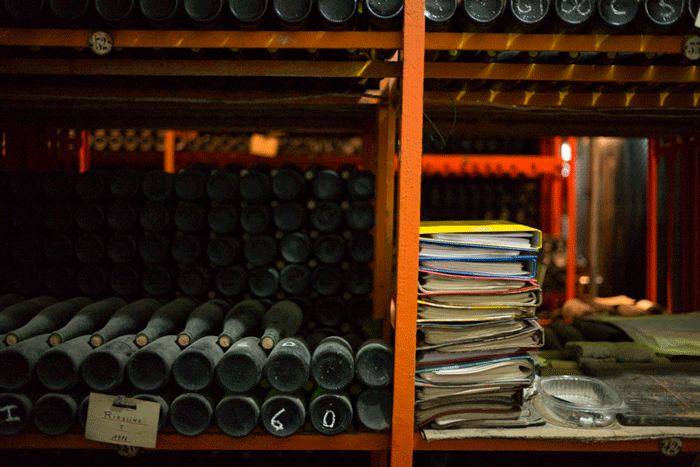What to drink in 2015: Alsace, Austria, Germany
Author: Laura Atkinson-Godwin
The tricky question of what to drink and when continues to challenge us, never truer for the complex white grapes of Riesling, Gewürztraminer and Grüner Veltliner. The trio possess a glorious ability to age, many examples for decades, all the while remaining incredibly vibrant and fresh. A blanket drinking window of between three and 20 years depending on complexity and quality may be true, but bear in mind that aging potential is accentuated as the level of sugar increases.
Alsace is home to Gewürztraminer which as a grape variety possesses real holding power. I think the 2000 to 2002s are drinking very well now; they have the perfect combination of maturity and Gewürztraminer character with rose, lychee and exotic spices. Look to the late 1990s or early 2000s for the sweeter Vendange Tardive or concentrated Sélection de Grains Nobles styles which are deliciously unctuous.
Thanks to its low pH and high acidity, Riesling is comfortably one of the longest-lived white grape varieties available. If you have a 2009, 2010 or 2011 Riesling that is bone dry or with minimal sugar, enjoy it from this year. More complex wines such as the Grands Crus from Alsace, the prime terroirs of Austria or the Spätlese level and above from Germany can be austere in youth so do tend to appreciate around five to 20 years of your patience.
From Alsace I am drinking the notable 1997s, the sumptuous 2000s, cool and crisp 2001s, pure 2005s and ripe 2007s. The 2005s and 2007s from Germany are also stunning now, but have a charming concentration and structure that hints at much more maturity ahead. Instead I am enjoying the racy 2004s and the finest from 2001. We have also just received a Riesling Spätlese from 1986 from Schwaab-Kiebel in the Mosel Valley which is drinking incredibly well too (and at only £15.95 per bottle it is well worth indulging in a case). In Austria, I like both Riesling and Grüner Veltliner with at least three years age, ideally five to 10, therefore I will be opening my 2010s and finishing off the 2006s. Riesling or Grüner Veltliner from the 1990s will still be in good form and highly enjoyable, perhaps for special occasions.
Read more about which vintages are peaking this year and look out for next week’s post on which bottles of Champagne to pop in 2015.



